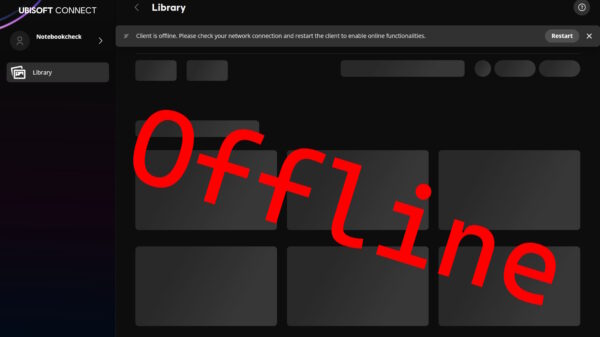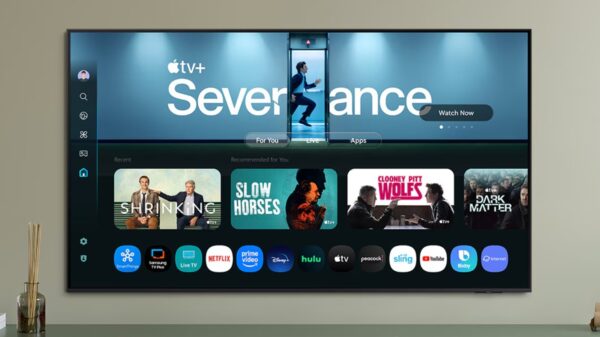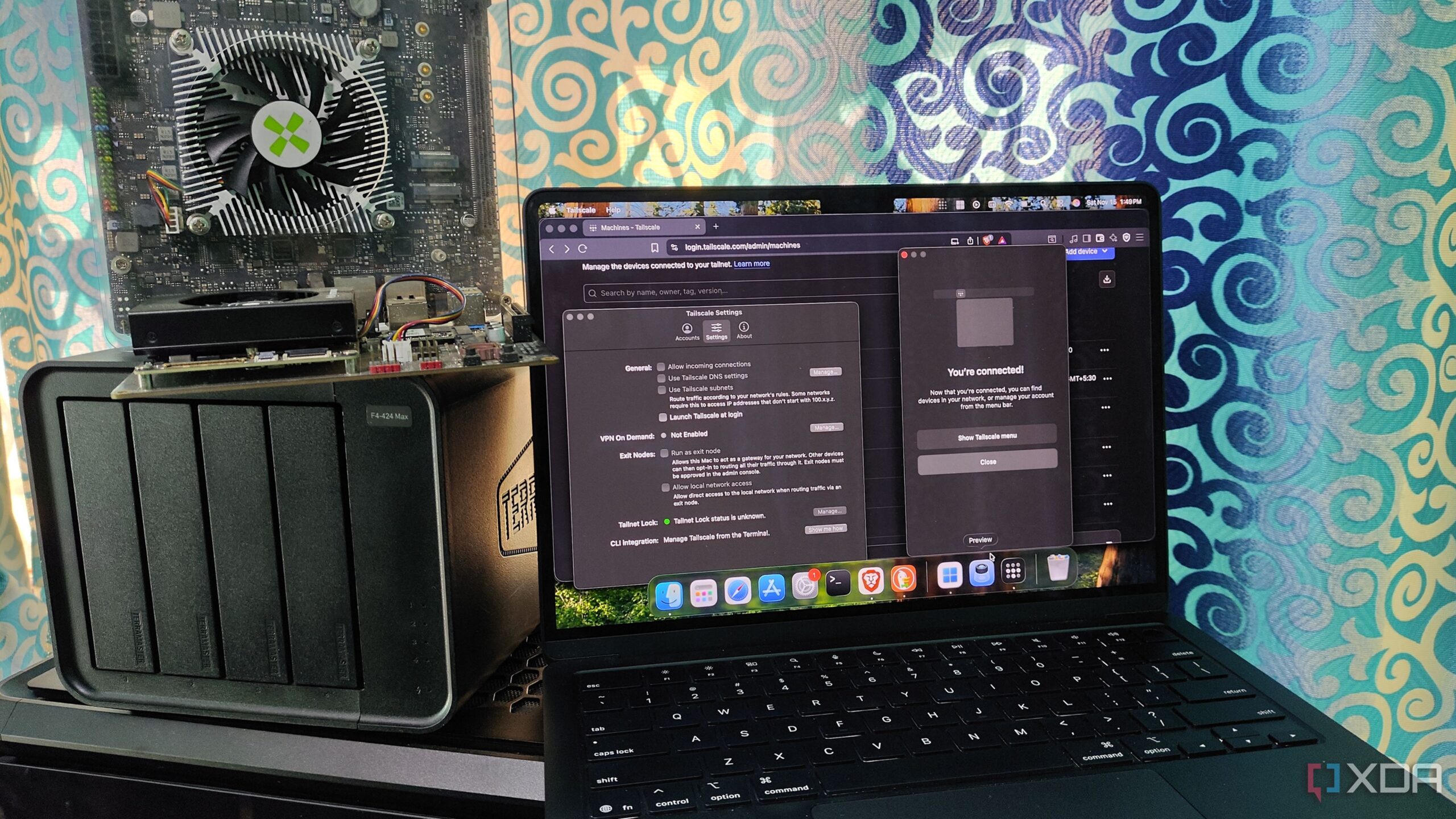UPDATE: In a shocking revelation for tech enthusiasts, a recent attempt to transition from Cloudflare Tunnels to Tailscale has highlighted significant limitations of Tailscale’s service. The experience has left users questioning the viability of Tailscale in restrictive network environments, particularly those relying on managed Wi-Fi systems with carrier-grade NAT (CGNAT).
The transition was sparked by the desire for a cleaner setup and enhanced private connectivity, yet it quickly turned into an uphill battle. Users aiming to make Nextcloud accessible from anywhere found that while Tailscale provided robust private access, it faltered when it came to public service availability.
This critical limitation stems from Tailscale’s reliance on the Funnel feature, which is not universally supported across all platforms. Unlike Cloudflare, which effortlessly manages inbound traffic through a secure connection initiated by the server, Tailscale requires more of the user’s network environment, often leading to frustration.
Cloudflare’s approach allows seamless access to services without the need for direct control over the network. The cloudflared daemon opens an outbound connection to Cloudflare on port 443, working around the restrictions imposed by managed Wi-Fi. This design enables Nextcloud to load instantly from any external network without extra configurations or approvals.
The contrast is stark: Tailscale excels in private device-to-device connections but struggles with public accessibility. Users have expressed concerns about its limitations when services need to be reachable from any browser without requiring visitors to install additional clients.
As users navigate these challenges, it becomes evident that Tailscale’s current public-access model is not aligned with the needs of those operating under strict network conditions. The demand for broader availability of the Funnel feature and a more flexible approach to public access is growing.
Despite these setbacks, Tailscale remains a powerful tool for private networking. Its speed and responsiveness, bolstered by the WireGuard foundation, provide an optimal experience for sensitive internal tools and quick remote access. However, for users with public-facing services, Tailscale’s shortcomings are glaringly apparent.
To truly compete with Cloudflare, Tailscale would need to implement several critical changes. These include expanding the availability of the Funnel feature, developing a public access layer free from the constraints of the tailnet identity, and enhancing support for CGNAT scenarios.
Experts suggest that the simplest solution could lie in changing internet providers. If users could install their own service, they would gain full control over their network, eliminating the barriers that currently hinder Tailscale’s effectiveness. This shift would allow users to choose how their services are exposed, enabling a more balanced competition between Tailscale and Cloudflare.
As of now, the debate continues: Can Tailscale evolve to meet the demands of public access, or will Cloudflare remain the go-to service for users restricted by their network environments?
Stay tuned for further updates as this story develops and more users share their experiences with these networking tools. The need for effective remote access solutions has never been more urgent, and the tech community is watching closely.





































































